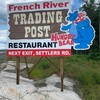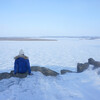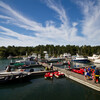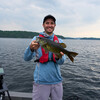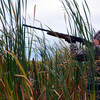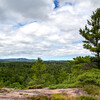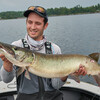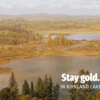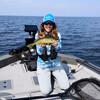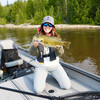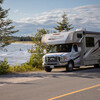
The Who's Who of Spring Turtle Nesting Season in Northeastern Ontario
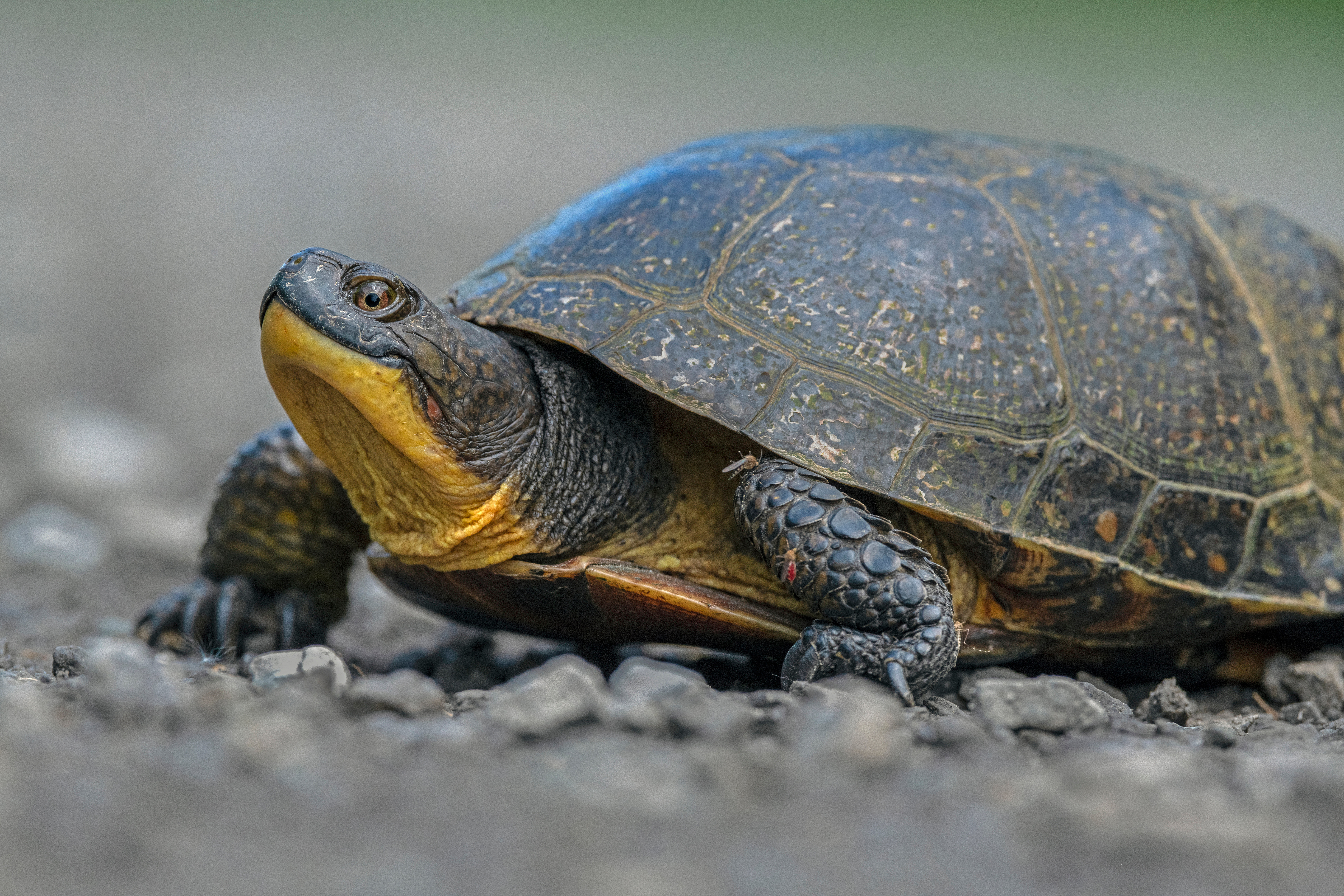
When the snow has melted, buds are appearing, and tulips are sprouting... Northeastern Ontario's turtles are on the move.
Turtle nesting season in Northeastern Ontario typically happens between May and July. In Northeastern Ontario, there are four commonly found turtles, all of which are listed under Environment Canada's Species at Risk (in fact, all eight of the species of turtles in Ontario have been designated as Species at Risk!). This means you have a higher chance of spotting a turtle during this time, as these mostly aquatic reptiles are searching for a nesting ground on land—and it also means the turtles are facing the highest fatality risk of their lives.
Besides the vulnerability turtles face from predators in nesting season, as the females travel from point A to point B, they also risk being run over by vehicles when crossing roads and highways. Turtles also often try to use the loose gravel on the shoulder of the road as a nest.
Types of Turtles found in Northeastern Ontario
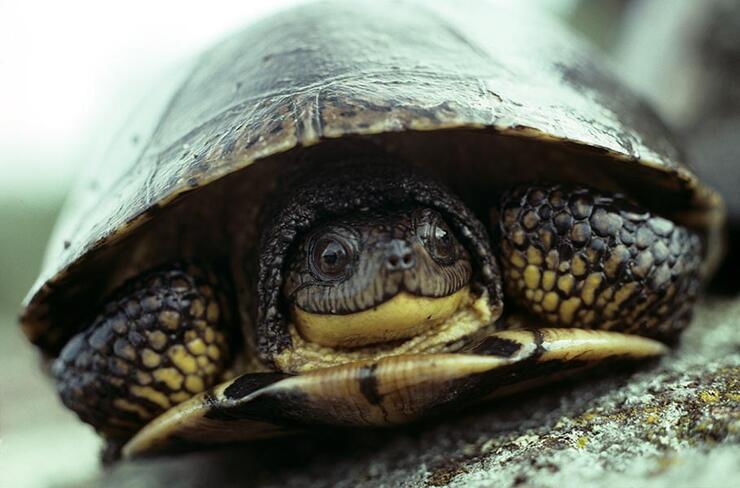
Blanding's Turtle
Status: Threatened in Ontario, Endangered in Canada
Description: Adults are usually 13 - 18 cm, and can be identified by their yellow chin and belly.
Habitat: Typically live in soft bottom ponds, with dense vegetation. Commonly seen roadside.
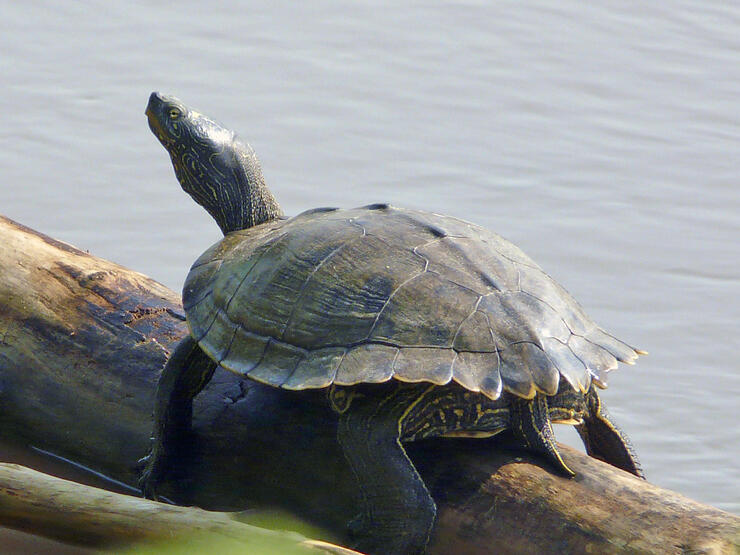
Northern Map Turtle
Status: Special Concern
Description: They are anywhere from 9 - 18 cm long. They can be identified by the serrated edge on their backs, and yellow stripes on their head and torso.
Habitat: The Northern Map Turtles typically live near larger, clear, slow-moving rivers which stem from the great lakes.

Midland Painted Turtle
Status: Painted turtles have recently been reclassified federally from Not at Risk to Species of Special Concern
Description: Generally 10 - 25 cm long, the central located midland is the hardest to distinguish of the three subspecies of the painted turtle. The shell is an olive green colour, with red or dark orange markings on the enlarged scales on the shell, as well as red and yellow stripes on the head and neck. However, the midland differs by its bottom shell, which has symmetrical dark shadows in the center that can vary in size and prominence.
Habitat: Painted turtles inhabit ponds, marshes, lakes and slow-moving creeks that have a soft bottom and provide abundant basking sites and aquatic vegetation.
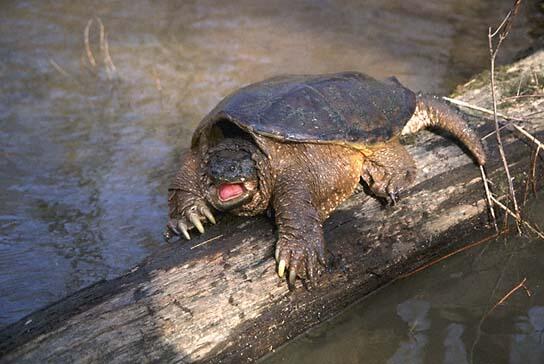
Common Snapping Turtle
Status: Special Concern
Description: Snapping Turtles are the largest fresh-water turtles in Canada. They are anywhere from 20 - 47 cm in length, and can identified by their size, claws and serrated tails. We don't recommend you pick up a snapping turtle, as there is no safe place to put your hands, and they do have the tendency to *snap*.
Habitat: The Common Snapping Turtle prefers slow moving water, with plenty of vegetation.
To help preserve the turtle populations, drivers should keep an eye out for turtles attempting to cross the road, and when safe to do so, take the time to stop and give them a hand, by way of carrying them low to the ground and in a straight line to the other side of the road, in the direction it was facing.
In the case you are dealing with a snapping turtle, or another aggressive species, try coaxing it across the road by gently nudging the turtle from behind, or use that "snap" to your advantage by using a stick and slowly drag it across.
Attempting to return the turtle to the side it came from will only create more miles for the turtle, and increase its chances of being run over, again. As well, never remove the turtle from its habitat and try placing it in one you feel would better suit it.
If you come across an injured turtle, call it in to Turtle Pond Wildlife Centre, who will assess the situation, provide proper handling instructions, and take the steps for treatment.
Turtle Pond Wildlife Centre
Turtle Pond, based out of Val Caron, is the sole authorized wildlife rehabilitation centre in Northeastern Ontario, serving roughly 130,000 square kilometres. The Centre has cared for animals from as far away as Kenora, Timmins, Manitoulin Island, Killarney and North Bay.
Those who come across orphaned, injured, or ill wild animals can bring animals to Turtle Pond and give wildlife a second chance at a wild life.
Centres like Turtle Pond also benefit humans by:
- Helping to protect biodiversity (all species of turtle are at-risk in Ontario).
- Acting as an educational resource for people who come into contact or conflict with wildlife.
- Providing a place for people to bring orphaned, injured, or ill wild animals where they’ll receive the best possible care and a chance to return to the wild.
- Being there to care for wild animals that people aren’t allowed to keep without a licence - wildlife is everyone's responsibility.
- Protecting public health by being alert to the possibility of zoonoses (diseases that can transfer from animals to humans).
Val Caron, ON P3N 1R3
705-691-0433
turtlepondwc@gmail.com
Recommended Articles
The Seven's Best Hikes, Biking Trails and Lakes

7 Best Spots to Check Out in The Seven

Budget Bliss: Explore Northeastern Ontario Without Breaking the Bank

Bring Your Fam!

Time to Unwind: 6 Spa Havens to Discover In The Seven
5 Amazing Places to SUP in Northeastern Ontario

5 Amazing Bike Rides to Discover

Northern Lights in Northeastern Ontario

Northeastern Ontario's Best Pride Festivals

Fish for one of the World's Rarest Species of Trout

An Insider's Guide to Manitoulin Island

6 Small-Town Gems to Explore in Northeastern Ontario

11 Best Things to Do in Kapuskasing, Ontario

